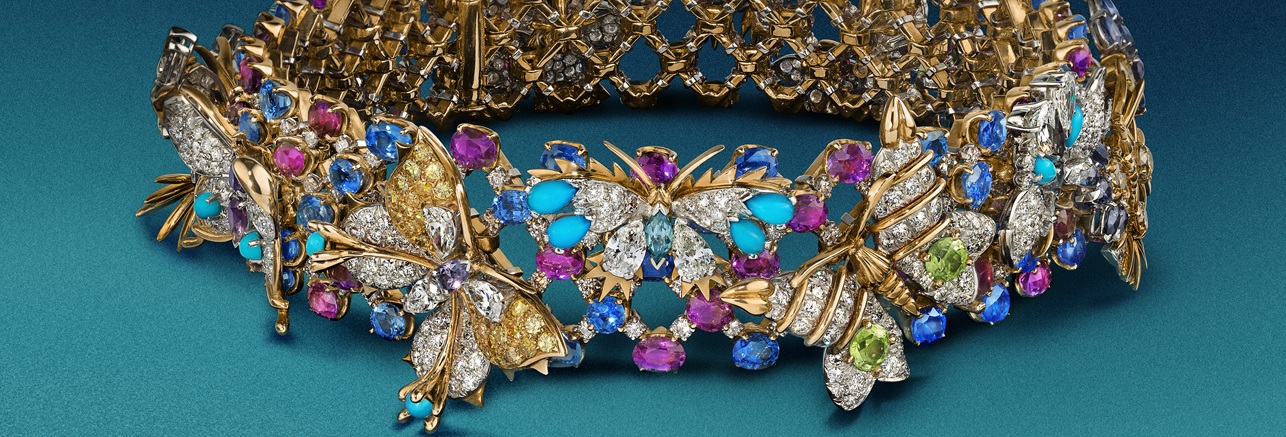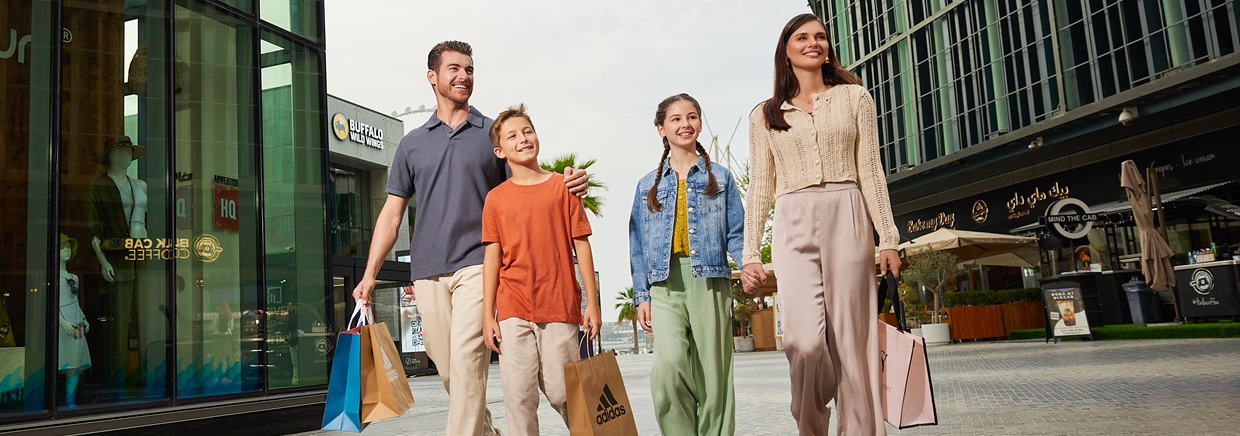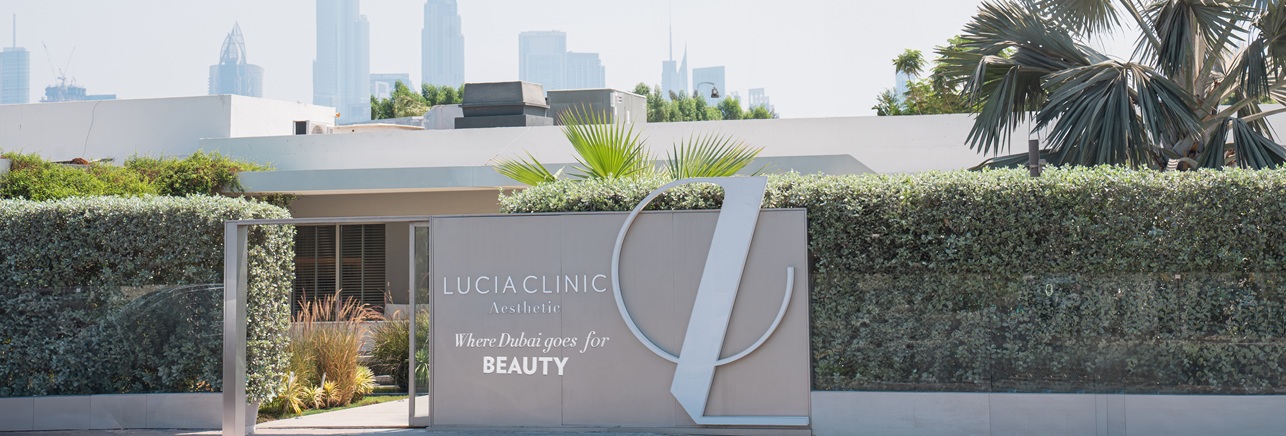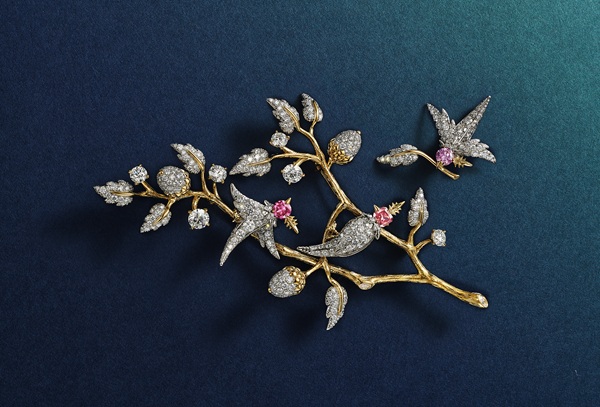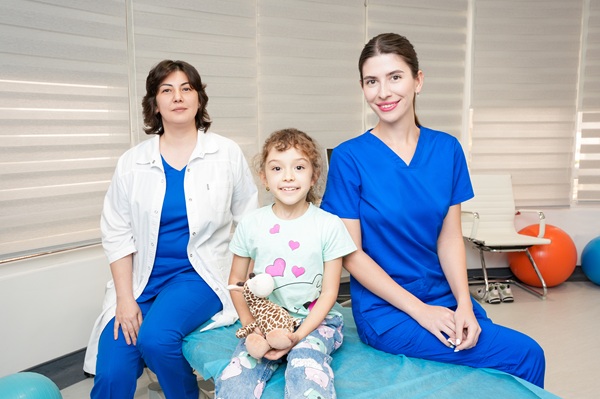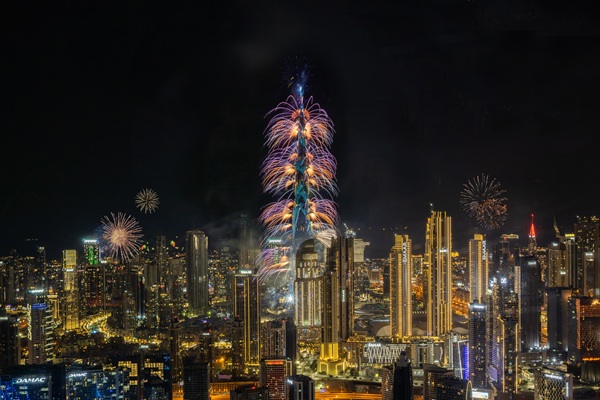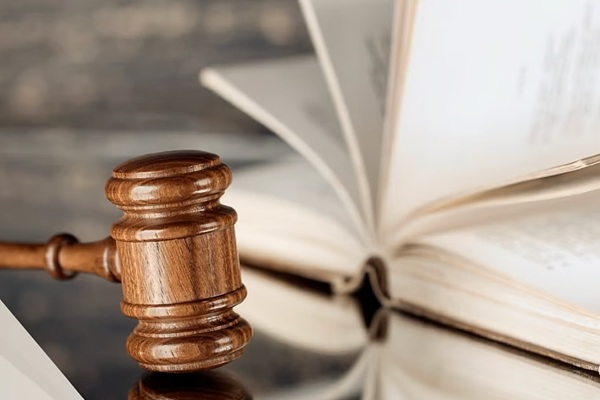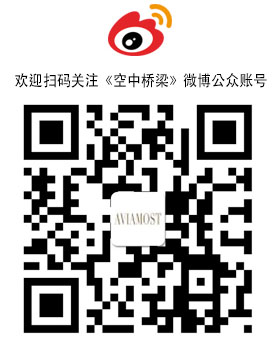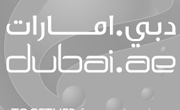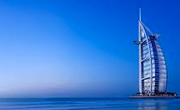May 9 Victory Day Celebrations
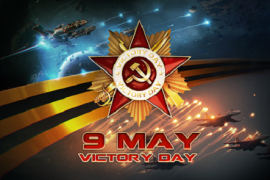
The Great Patriotic War was a crucial part of World War II (1939-1945). It began on June 22, 1941, when Germany launched an attack on the Soviet Union in violation of all prevailing treaties.
The Great Patriotic War lasted nearly four years and was the largest armed confrontation in history. Between 8 million and 13 million people simultaneously fought in different periods of the war over an area that stretched from the Barents Sea in the north to the Black Sea in the south. The confronting armies had between 6,000 and 20,000 tanks and assault guns, between 85,000 and 165,000 pieces of artillery and mortars, and between 7,000 and 19,000 aircraft.
The Blitzkrieg, or the "lightning war," that was planned by Germany to defeat the Soviet Union within a few months, went awry almost immediately in 1941. The staunch defense of Leningrad (now St. Petersburg), the Arctic region, Kiev, Odessa and Sevastopol, as well as the battle of Smolensk, rendered the Blitzkrieg plans obsolete.
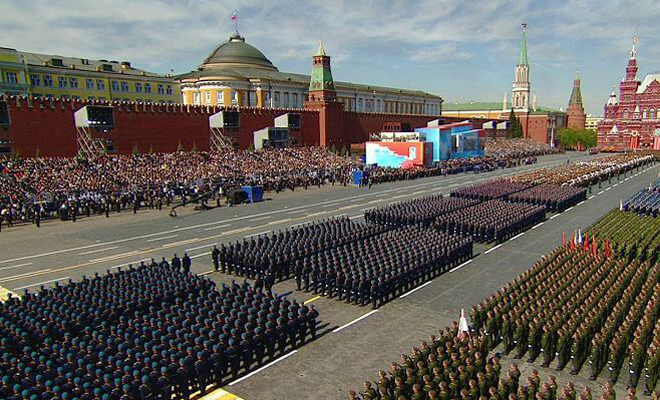 The Soviet army stood its ground, eventually pushing the enemy back, defeating Nazi troops near Moscow, Stalingrad (now Volgograd) and Leningrad, as well as in the Caucasus, in the Battle of Kursk, in Ukraine on the right (West) bank of the Dnieper River, in Belarus, and during the Jassy-Kishinev and Vistula-Oder Offensives and the Battle of Berlin.
The Soviet army stood its ground, eventually pushing the enemy back, defeating Nazi troops near Moscow, Stalingrad (now Volgograd) and Leningrad, as well as in the Caucasus, in the Battle of Kursk, in Ukraine on the right (West) bank of the Dnieper River, in Belarus, and during the Jassy-Kishinev and Vistula-Oder Offensives and the Battle of Berlin.
During the war, the Soviet army routed 607 Axis divisions. The German army and its allies lost over 8.6 million military personnel on the Eastern Front, and over three-fourths of their weapons were destroyed or captured.
The Soviet Union won the war but the victory exacted a huge toll on the population, with nearly every Soviet family losing loved ones. Germany signed an Act of Unconditional Surrender in a suburb of Berlin in the late evening of May 8, 1945 (already May 9 according to Moscow time).
It is for this reason that Victory in Europe Day (VE Day) is marked on May 8, while the Soviet Union and now Russia marks Victory Day on May 9.
May 9 is, for the Russian people, much more than Victory Day in a war that lasted almost four years and claimed 28 million of their men and women. The memory of the war has become sacred, and, for most people, according to a recent poll, May 9 is as important as their own birthday.
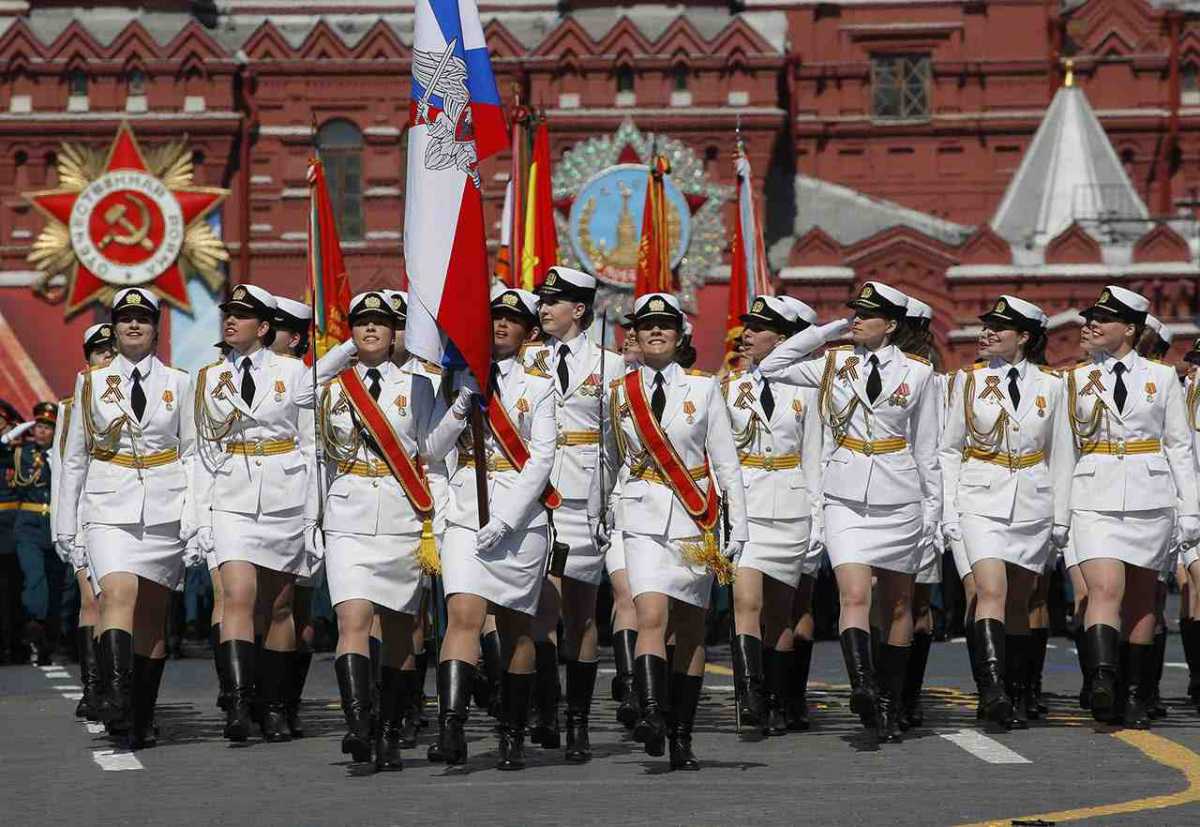 The Saint George's Ribbon campaign was first held several days before the 2005 Victory Day to remind young people of the importance of the holiday. Orange ribbons with three black stripes have become a reminder of the Soviet people's victory in the Great Patriotic War and of the appreciation felt for the veterans who defeated Nazism. The campaign's motto is "We remember, we are proud!" The campaign has been held throughout Russia as well as in many former Soviet republics. In the past few years, it has been extended to Europe and North America.
The Saint George's Ribbon campaign was first held several days before the 2005 Victory Day to remind young people of the importance of the holiday. Orange ribbons with three black stripes have become a reminder of the Soviet people's victory in the Great Patriotic War and of the appreciation felt for the veterans who defeated Nazism. The campaign's motto is "We remember, we are proud!" The campaign has been held throughout Russia as well as in many former Soviet republics. In the past few years, it has been extended to Europe and North America.
It has become a tradition to hold meetings with war veterans, other events and concerts during Victory Day celebrations. Wreath and flower laying ceremonies are held at monuments to war victims and at common graves. Memorial services are held in churches, synagogues and mosques across Russia. Starting in 1965, radio and television channels conduct a minute of silence on May 9.
The traditional Victory Day military parade in Moscow showcased some of Russia’s most advanced weapons, including a hypersonic missile, Arctic-rated anti-aircraft systems and a new strike drone.
The parade was divided into three distinct parts. For the first one, each part of the Russian military service, as well as fellow civilian paramilitary units, provided troops to show off their synch-marching skills.
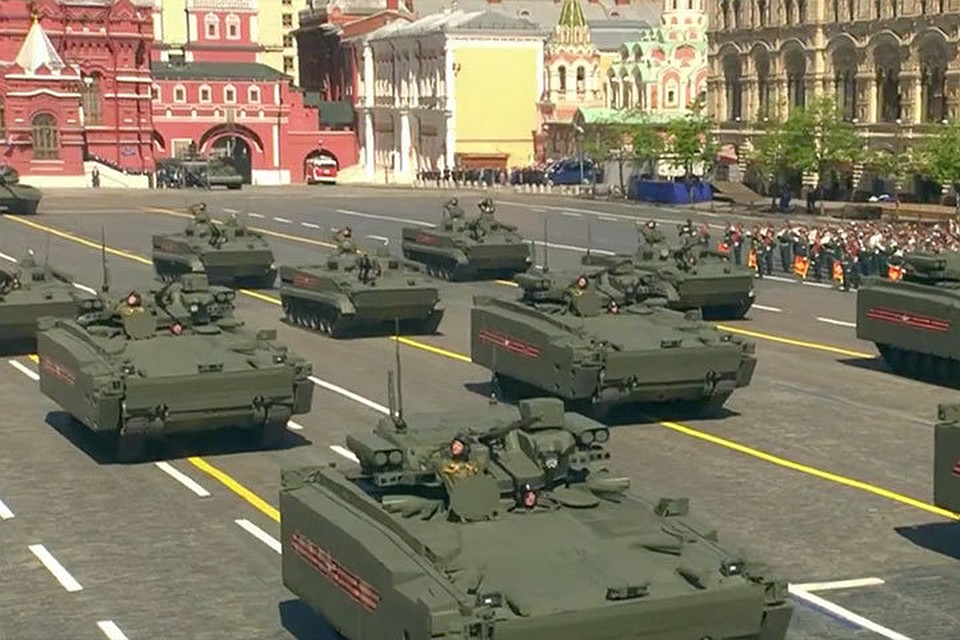 A veteran T-34 tank, accompanied by vehicles carrying historic wartime banners, opened the second part of the parade. Then followed the best weapons Russia currently has in service on the ground, from Tigr-M armored cars and Kurganets-25 infantry fighting vehicles to S-400 Triumf long-range air defense systems and Yars nuclear-tipped missile launchers.
A veteran T-34 tank, accompanied by vehicles carrying historic wartime banners, opened the second part of the parade. Then followed the best weapons Russia currently has in service on the ground, from Tigr-M armored cars and Kurganets-25 infantry fighting vehicles to S-400 Triumf long-range air defense systems and Yars nuclear-tipped missile launchers.
The armor portion was represented by the latest variant of the T-72 and T-14 Armata, the advanced main battle tank currently undergoing trials. The military also showed off the MPT Terminator, a peculiar vehicle meant to provide support to tanks with a combination of cannon fire, grenades and anti-tank missiles.
The artillery came with all the regular parade participants: the Msta-S and the Koalitsia-SV 152mm howitzers, the Iskander-M tactical level ballistic and cruise missile launchers and the Smerch multiple-rocket launchers.
Anti-aircraft systems included the short-range Pantsir-S, the medium-range Buk-M2 and Tor-M2 and, of course, the long-range S-400, which is reputed to be the best in the world in its class. There was also a special variant of the Tor, mounted on an all-terrain TTM vehicle and rated for use in Arctic conditions – a testament to Russia’s aspiration to defend its lengthy northern border and claim its part of the North Sea.
This year’s first-comers were not as ground-breaking as tank Armata with its 2015 debut, but still quite interesting, considering that they represent Russia’s effort to close the gap with more advanced nations in terms of drone vehicles. There were two Uran robotic vehicles, the mine-sweeping Uran-6 and the attack Uran-9.
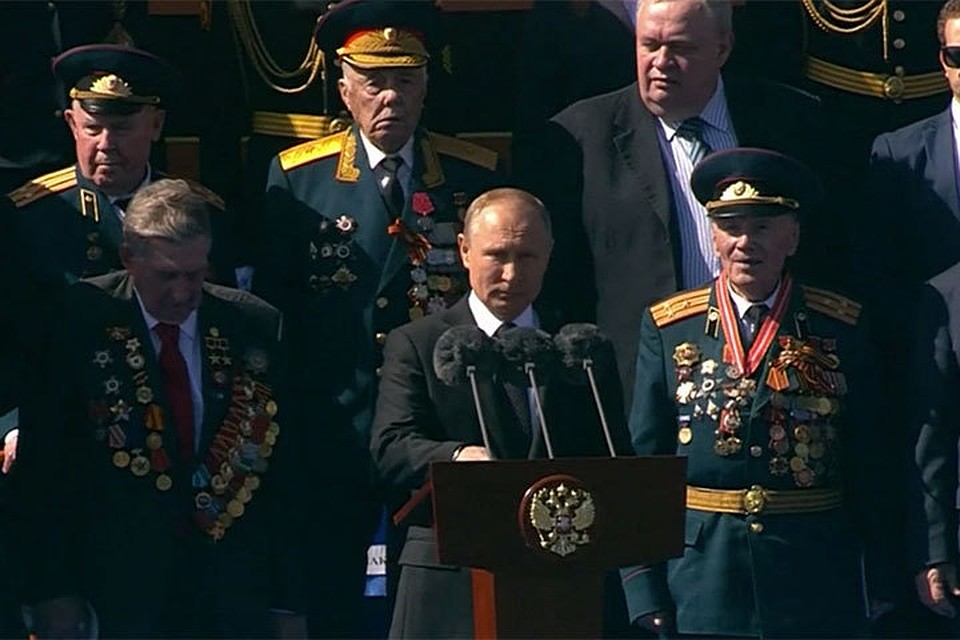 The aerial domain was covered by two drones, the rotorcraft Katran and the fixed-wing Korsar, Russia’s first strike-capable UAV. Both were carried by trucks rather than flown, since organizers thought they were too small to be properly showcased in the air.
The aerial domain was covered by two drones, the rotorcraft Katran and the fixed-wing Korsar, Russia’s first strike-capable UAV. Both were carried by trucks rather than flown, since organizers thought they were too small to be properly showcased in the air.
The undisputed star of this year’s parade was the hypersonic missile Kinzhal, the development of which remained classified until March. The air-launched projectile is reportedly too fast to be intercepted by any conventional system in existence. A pair of Mig-31 supersonic interceptors flew over Red Square carrying Kinzhal missiles under their bellies.
The strategic component of the Russian Air Forces included a Tu-160 variable wing supersonic bomber tailed by four upgraded Tu-22M3s, as well as three iconic Tu-85MS bombers, nicknamed Bear. Three Il-76MD long-range transports, which can haul 40 tons of cargo over 4,000 kilometers, accompanied the bombers.
Another flying heavy-lifter was the Mi-26, a transport helicopter that can carry up to 20 tons. The giant rotorcraft was accompanied by four Mi-8s, which serve as the working horse of the Russian rotorcraft fleet. Following them were attack helicopters: a group of Mi-28Ns piloted by the Berkut aerobatics team, Ka-52 Alligators and Mi-24Ps.
Tagging along with the Mig-31s were various Russian ground attack and air superiority jets, from Su-24Ms to advanced fifth-generation Su-57, which is yet to be certified to serve in the Air Forces. A joint team of Russian Knights and Swifts piloting Su-30SMs and Mig-29SMTs respectively flew in their famous diamond formation.
Sputnik, RT

